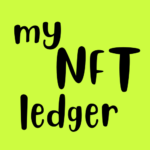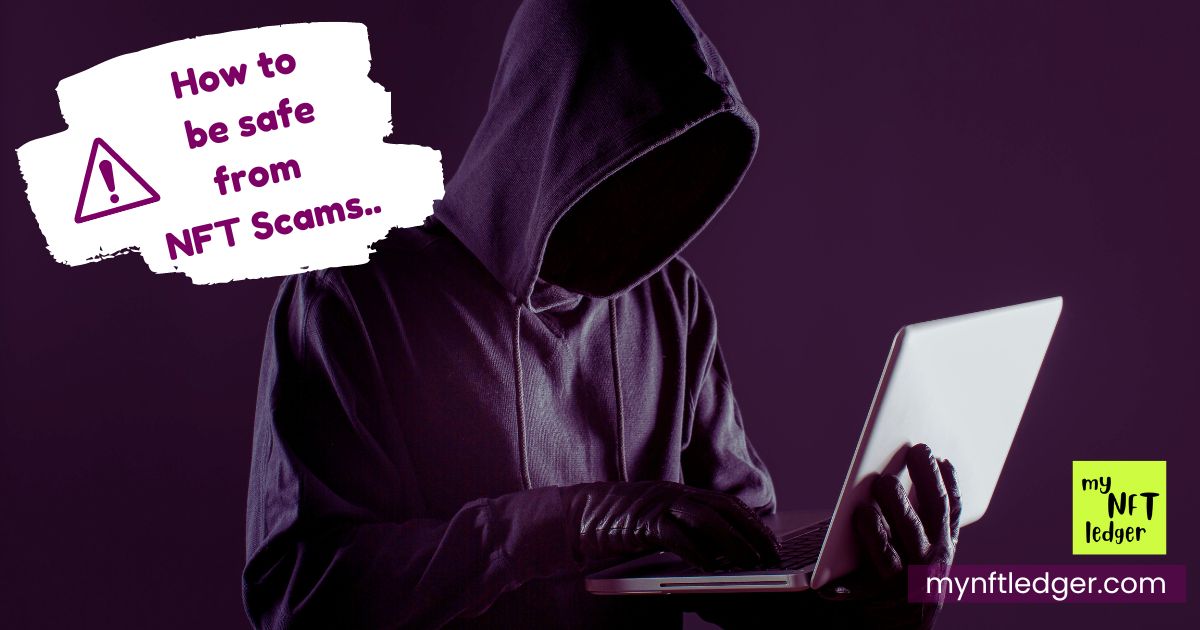You must have heard it in movies “With great power comes great responsibility”, this applies in real life as well. See with any new advancement or new technology, which is different from the past or existing tech there is always an opportunity for both types of people viz people who would like to make best use of it for everyone’s benefit, and people who will try to exploit the situation and do scams. Similarly, the rise of Non-Fungible Tokens (NFTs) has transformed digital ownership, enabling creators and collectors to buy, sell, and trade unique digital assets. However, with this rapid growth comes an increase in NFT scams targeting unsuspecting users. As NFT enthusiasts engage in this evolving market, it’s crucial to understand the various types of scams and how to protect yourself effectively.
Common Types of NFT Scams
1.) Phishing Scams
Phishing scams are prevalent in the NFT space. Scammers often create fake websites or send emails that appear to be from legitimate NFT platforms. These fraudulent communications typically prompt users to input their private keys or seed phrases, which gives scammers access to their wallets.
->Example: A user receives an email seemingly from a popular NFT marketplace asking them to “verify their account” via a link. This link leads to a counterfeit site designed to capture their credentials. Once the user enters their information, the scammer has full access to their wallet.
2.) Rug Pulls
Rug pulls occur when developers create a project, generate hype, and then vanish with investors’ funds. These scams often involve projects that lack transparency, clear roadmaps, or community engagement.
->Example: A new NFT project claims to offer exclusive digital art and community benefits. After a successful launch and significant investment, the creators take the funds and disappear, leaving investors with worthless tokens and no recourse.
3.) Fake NFT Listings
Scammers may list NFTs that they do not own or create counterfeit versions of popular NFTs. Unsuspecting buyers may purchase these fake items, believing they are acquiring authentic digital assets.
->Example: An individual finds a listing for a popular NFT at a significantly lower price. After purchasing it, they discover it was a replica, and the original artist has no connection to the sale.
4.) Impersonation Scams
Scammers often impersonate well-known NFT creators or influencers on social media, soliciting funds for fake projects or giveaways. These scams exploit the trust that followers have in these public figures.
->Example: A scammer poses as a famous NFT artist on Twitter, claiming to give away free NFTs. They ask followers to send a small payment to cover “transaction fees,” effectively stealing money from fans.
5.) Pump-and-Dump Schemes
In pump-and-dump schemes, scammers artificially inflate the price of an NFT through hype and marketing. Once the price rises, they sell their assets at a profit, leaving other investors with overvalued tokens.
->Example: A group of individuals buys up a particular NFT and creates buzz around it, leading to a spike in interest. Once the price peaks, they sell their holdings, causing the price to plummet and leaving late investors with losses.
6.) Fake Auctions
In fake auctions, scammers set up listings that seem legitimate but are designed to trick bidders into paying for non-existent NFTs. They may use countdown timers to create urgency and push users to act quickly.
->Example: A user bids on an NFT in a “limited-time auction” that ends in just a few hours. After winning, they realize the NFT was never real, and the seller disappears.
How to Stay Safe from NFT Scams
1.) Verify URLs and Emails
Always check the URL of any website you visit. Ensure it’s spelled correctly and starts with “https://”. Be wary of unsolicited emails requesting personal information or containing links. Always access NFT platforms directly through your browser rather than clicking on links in emails.
2.) Use Trusted Marketplaces
Stick to reputable NFT platforms like OpenSea, Rarible, Foundation, and other trusted marketplaces. These platforms have established security measures and are less likely to host scams. Check user reviews and community discussions to gauge their reliability.
3.) Research Projects Thoroughly
Before investing in any NFT project, research the team behind it. Look for transparency, a clear roadmap, and an active community. Legitimate projects often have well-documented plans and engage regularly with their audience.
4.) Enable Two-Factor Authentication (2FA)
Use 2FA on accounts related to NFT transactions. This adds an extra layer of security, making it more difficult for scammers to access your accounts even if they obtain your password.
5.) Never Share Private Keys or Seed Phrases
Your wallet’s private keys and seed phrases should never be shared with anyone. No legitimate service will ask for this information. If someone does, it’s likely a scam.
6.) Be Cautious with Links
Avoid clicking on links in unsolicited messages. Instead, type the URL of the site you wish to visit directly into your browser. Use trusted platforms and check for user reviews before engaging with new services.
7.) Use Hardware Wallets
Consider using a hardware wallet for storing NFTs and cryptocurrencies. These wallets store your private keys offline, providing an extra layer of security against online threats.
8.) Educate Yourself on Market Trends
Stay informed about the NFT market and current scams. Follow reputable NFT news sources, blogs, and forums to learn about recent developments and common scams to watch for.
Conclusion
The NFT space presents exciting opportunities, but it also harbors significant risks. By understanding the types of NFT scams and implementing best practices for safety, you can navigate the digital marketplace more securely. Always stay vigilant, conduct thorough research, and take the time to ensure that you’re engaging with legitimate projects. With the right precautions, you can enjoy the benefits of NFTs while minimizing the risk of falling victim to NFT scams.
Discover more from myNFTledger.com
Subscribe to get the latest posts sent to your email.

